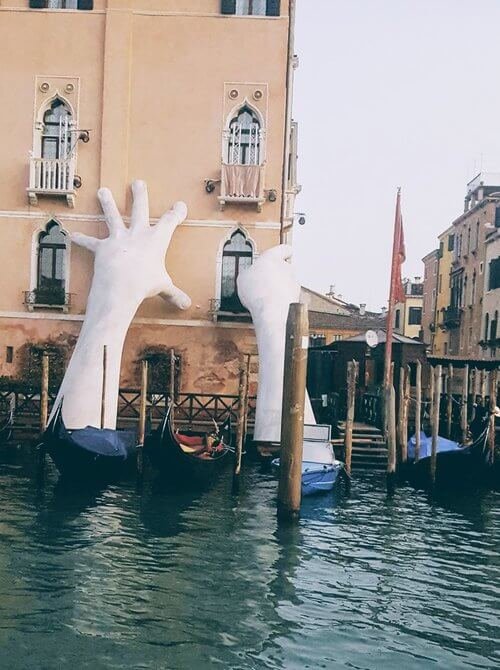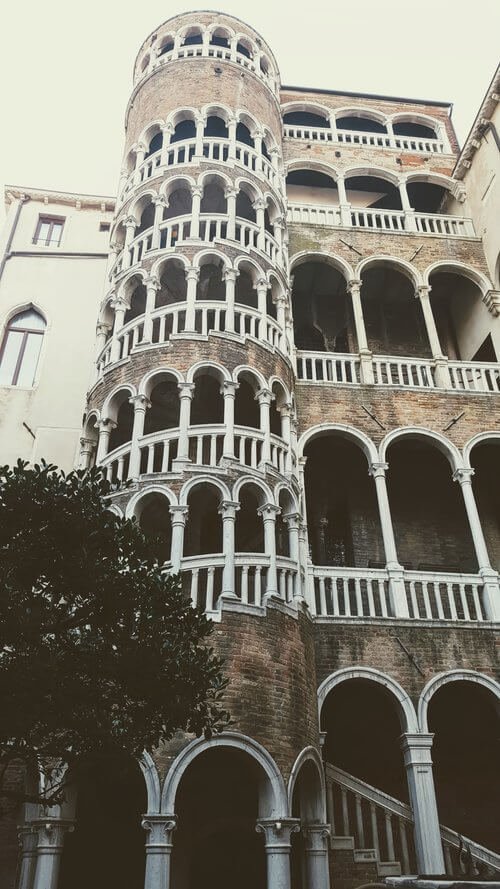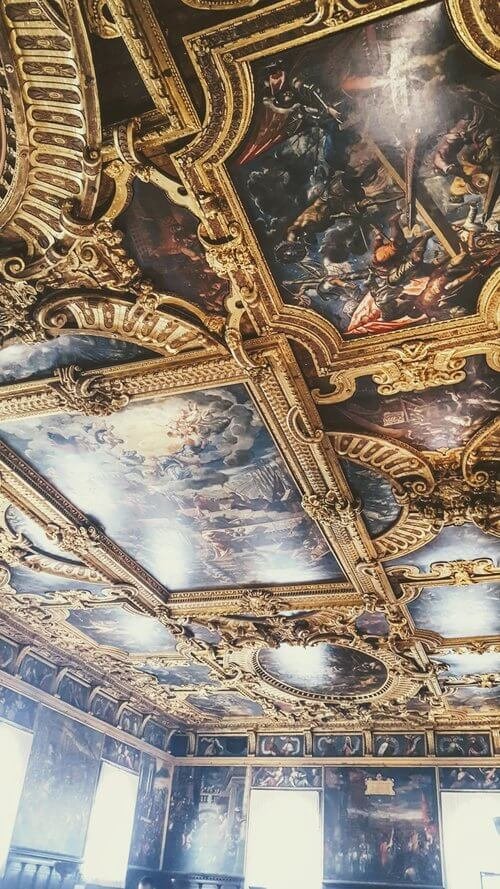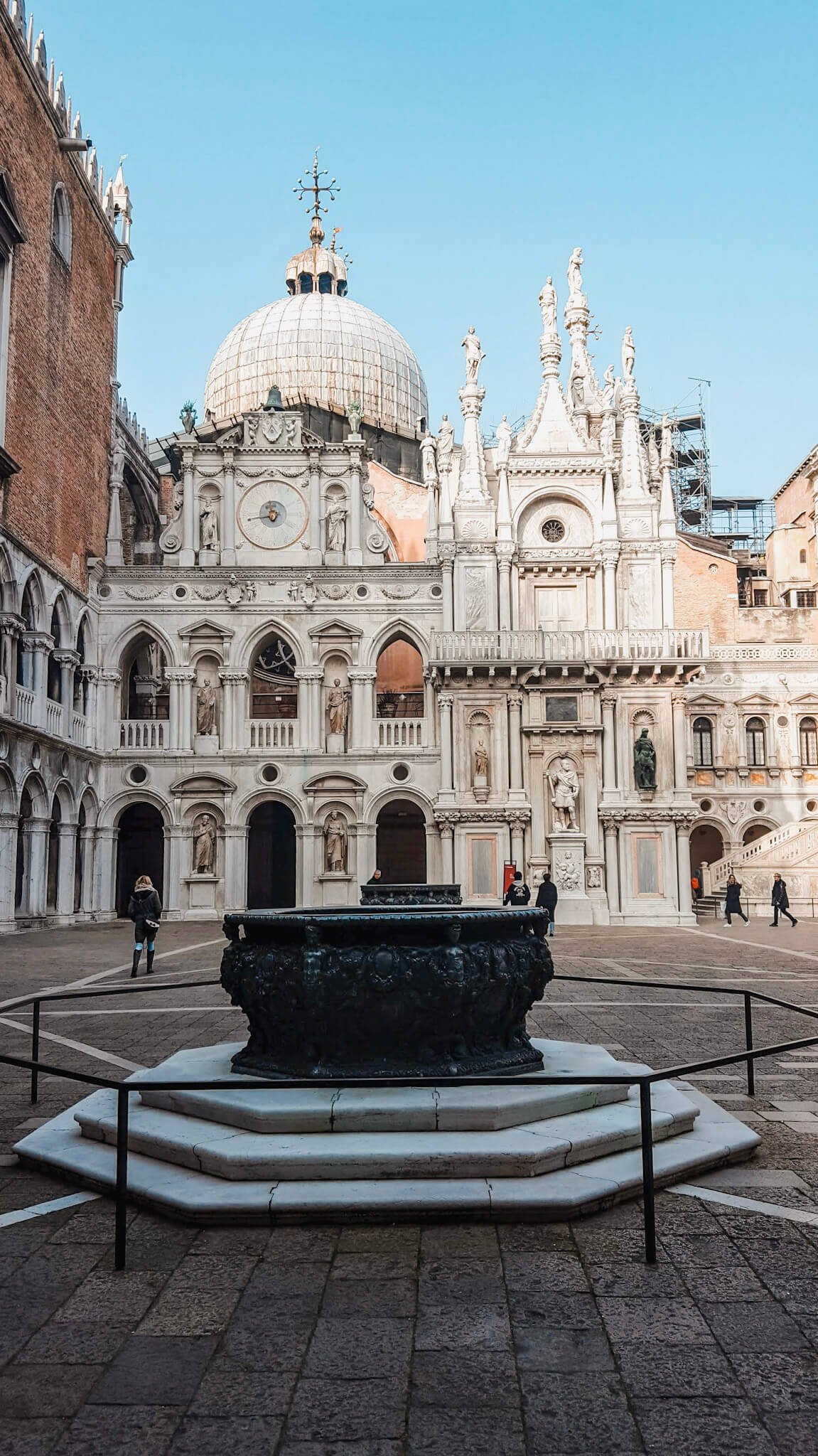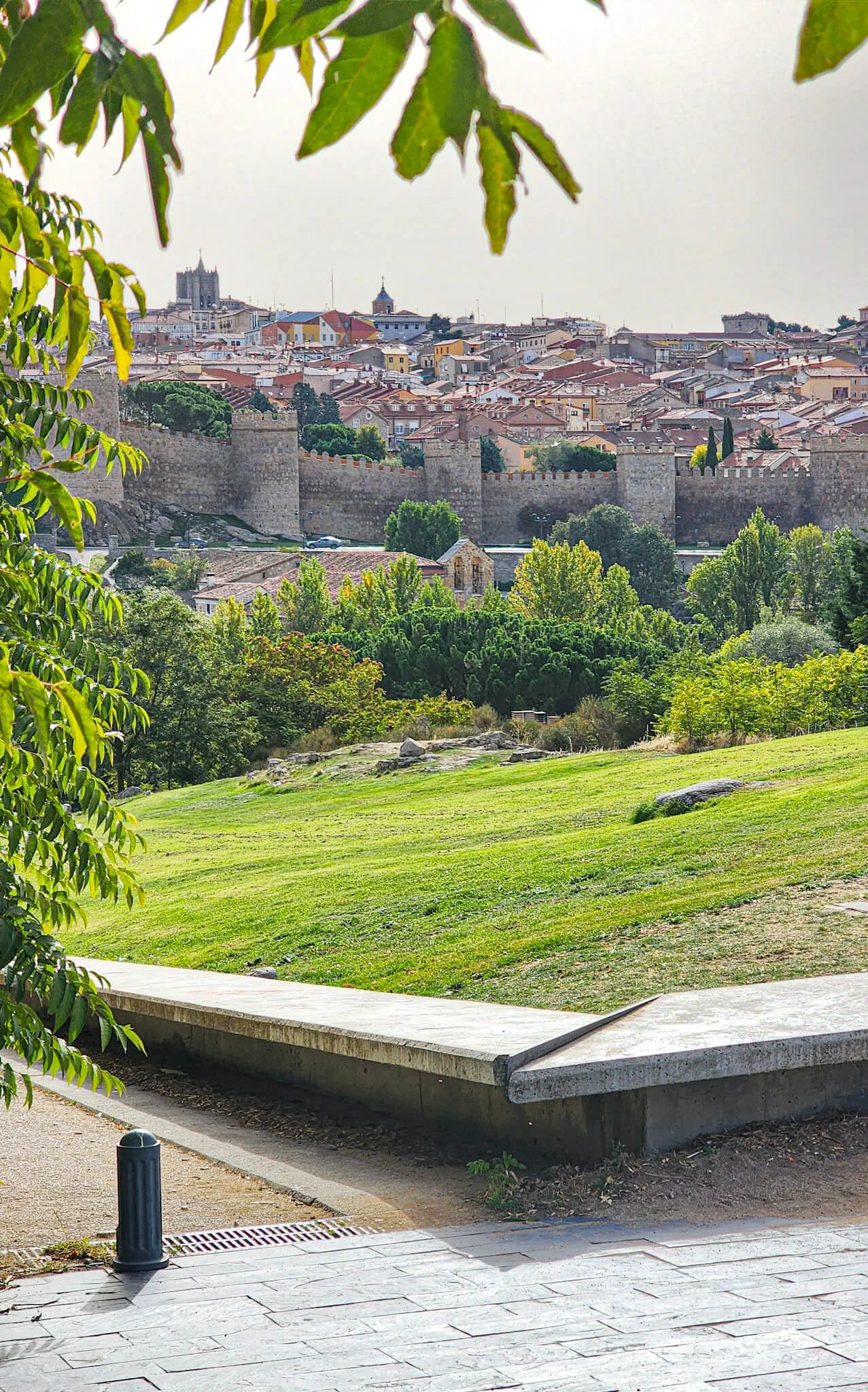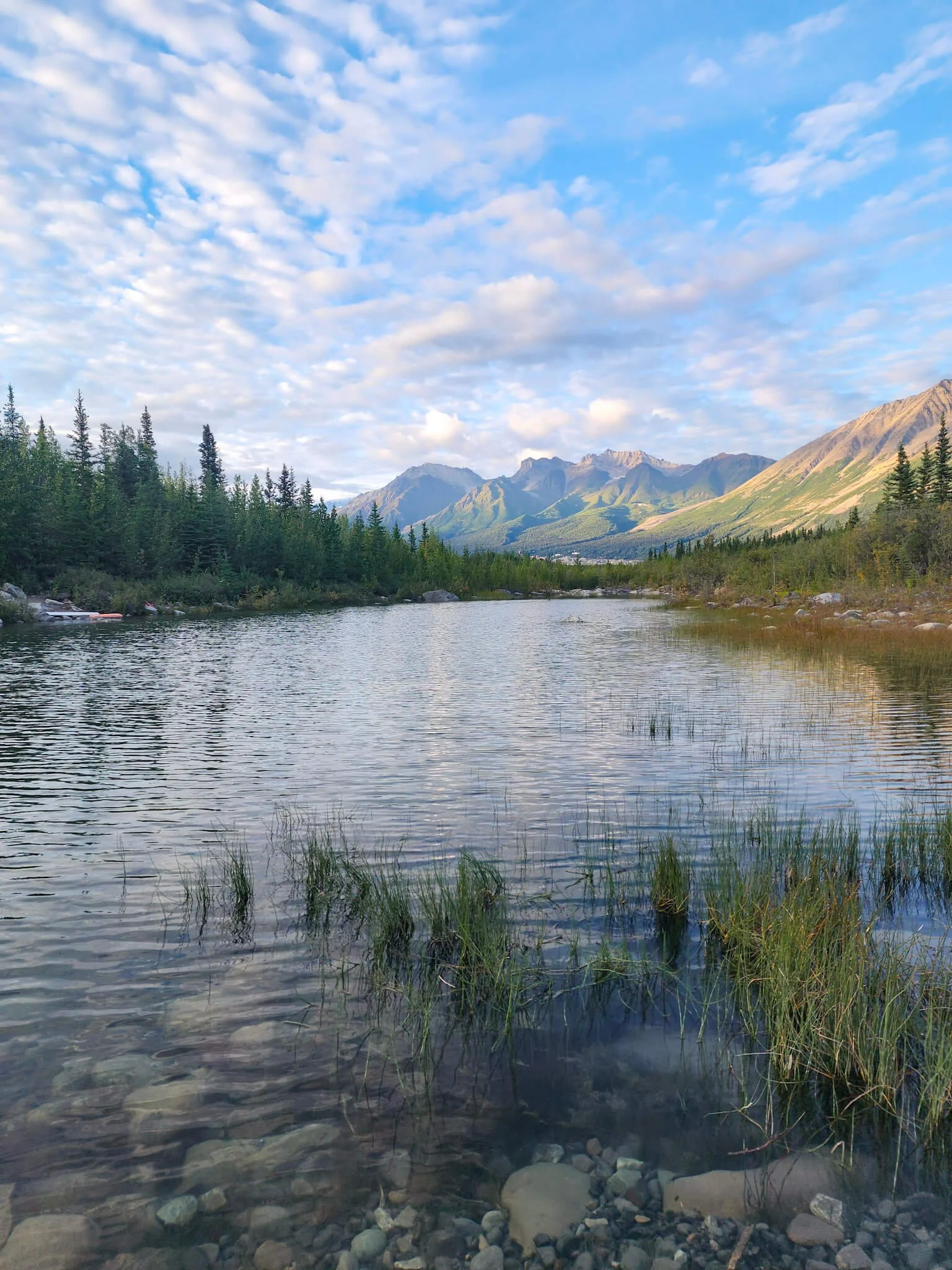3 Days in Venice: From Gondolas to Gelato
*Disclosure: I only recommend products/services that I would use myself & all opinions expressed here are my own. This post may contain affiliate links meaning that, at no additional cost to you, I may earn a small commission which in turn helps fund my next adventure! Please read the Privacy Policy for more information.
Known for its labyrinth of canals, stunning architecture, and rich history, Venice is a destination that truly captivates all who visit. In this guide, we will delve into how to make the most of three days in this enchanting city. From navigating the winding waterways to savoring delectable Italian cuisine, Venice offers a plethora of experiences waiting to be discovered.
The last time I was in Italy, I spent three days in Venice and then took the train to Rome, where I spent three more days. If you haven’t visited Venice, you should definitely add it to your travel bucket list and plan to spend a minimum of three days there so that you can really take it all in. Keep in mind that Murano and Burano are short boat rides away and you should incorporate those into your trip as well.
While I was there, Venice kicked off its annual carnival season, which usually takes place towards the end of January and runs all week long. I, of course, participated in the kickoff activities and even bought & wore a Venetian mask! If you can go to carnival, you really should! It’s an amazing experience and so much fun seeing everyone dressed up and walking the streets. Because it was such a popular time on the island, most hotels in Venice were full so I opted to stay in nearby Murano, which is only a short 10-minute ride by Vaporetto, which is the public water ferry.
How Many Days Should You Spend in Venice?
Venice is a magical city that can certainly be enjoyed in a 3-day trip, but it also warrants a longer stay to truly experience all it has to offer. When I visited, I spent three full days in Venice and it was the perfect amount of time to see all of the top attractions like St. Mark's Square, the Rialto Bridge, and the Grand Canal. Venice is a smaller city and very walkable so everything is nearby. During my trip, we saw all of the major sights in the first two days and then had enough time to explore nearby Burano for half a day. I've designed this three-day Venice itinerary to maximize you're time so that you can make the most of your vacation in Venice.
As with any destination, staying more than three days allows you to take things at a more leisurely pace. Staying longer in Venice would allow you to take day trips to other nearby islands and have more free time.
Best Months to Visit Venice
Venice is beautiful year-round, but the weather and crowds vary dramatically by season. Here's an overview of the best times to visit:
Spring (March - May) - Spring is a lovely time in Venice as the weather starts warming up and tourist numbers are still manageable. March still sees some winter rainy days and chilly temperatures in the 50s F (10-15C). By April, daytime highs reach the 60s F (15-20C) and rainfall decreases. May is the best month of spring in Venice, with pleasant temperatures in the 60s-70s F (15-25C), flowers blooming, and moderate crowds before summer tourism picks up.
Summer (June - August) - Summer is the peak tourism season in Venice. June and September are the best summer months, with warm sunny days and average highs around 80 F (27C). July and August are extremely crowded, hot, and humid. Temperatures frequently exceed 85 F (30C) and humidity is oppressive. Locals often leave the city in August to avoid the heat and tourists. Major Venice events like the Vogalonga boat race and Venice Film Festival also occur in late summer.
Fall (September - November) - Fall is another excellent time to visit Venice, with comfortable cooler weather and thinning crowds after August. September still sees summer-like warmth but with less humidity. October and November daytime temperatures average in the 50s-60s F (15-20C), with a mix of sun and rain. November also brings fewer tourists but sees frequent fog and occasional flooding at high tide (acqua alta).
Winter (December - February) - Winters are cold, damp, and prone to fog and acqua alta flooding. Despite chilly temperatures in the 40s F (4-9C) and frequent rain, December in Venice brings festive Christmas markets and holiday decorations. January and February are the least crowded months, but also the coldest. Visiting Venice in winter means bundling up and dealing with limited sunshine - but also no lines and lower hotel rates if you don't mind the weather. The Venice Carnival festival also takes place at the end of January or early February each year and it’s such a unique thing to experience in Venice.
Getting to Venice
Venice has its own international airport, Venice Marco Polo Airport (VCE), located on the mainland about 7 miles north of the city. There are flights to Venice from major hubs throughout Europe and direct flights from some North American cities as well.
The two best ways to get into Venice from the airport are:
Water Taxi - This is the quickest and most scenic option. Water taxis can be pre-booked or hired at the dock outside the arrivals hall. The trip takes about 15 minutes. This is the most expensive option but worth it for the views along the way.
Bus - The ATVO airport shuttle bus runs between the airport and the bus station in Venice about every 30 minutes and takes around 20 minutes. Tickets can be purchased on board.
Some other options for getting to Venice:
Train - Venice has train connections from all over Italy and Europe. Long-distance trains arrive at Venezia Santa Lucia station on the western edge of Venice’s historic center. From Florence or Rome, the trip takes around 3.5 hours.
Car - You cannot drive in Venice's historic center, only some outer islands allow cars. If driving, park at one of the garages on the outskirts and take public transportation from there.
Cruise Ship - Many Mediterranean cruise itineraries stop in Venice. Cruise ships dock at the Marittima cruise port on Venice's west side and offer shuttle boats into the city center.
Venice 3-Day Itinerary
Day 1: Doge’s Palace and Rialto Bridge
Start your first day in Venice with a pastry and coffee from Pasticceria Bonifacio located just steps away from St. Mark’s Square. This is the city's main public square and although you can find cafes along the perimeter of the square, you’ll be best off avoiding those. Many of those cafes have wonderful views and are great for people-watching, but their prices are high and the food is subpar.
After breakfast, step into St. Mark’s Square and admire the stunning architecture of Basilica di San Marco and Doge's Palace, both of which you can go inside and I highly recommend it. Afterward, climb the Campanile bell tower for panoramic views over the city and the lagoon. I visited in January when the mornings could have lingering fog, but it disappeared as I reached the top.
You’ll spend a few hours in this area at the basilica and palace, but once you finish, head to Ristorante Carpaccio Venezia for traditional Venetian dishes and water views over the Riva degli Schiavoni. After lunch, walk back towards the San Marco neighborhood and marvel at Palazzo Contarini del Bovolo. This iconic 15th-century palace has a spiral staircase on the facade and it ended up being one of my favorite buildings in all of Venice. You can tour the inside for less than 10 Euro or if you’re a fan of free walking tours like I am, you’ll stop here on Sandeman’s free walking tour of Venice.
Once you’ve visited the main sights around Piazza San Marco, walk towards the San Marco Giardinetti ferry station and take the 1 line for one stop to Basilica di Santa Maria della Salute. This is the famous dome-shaped building you see in a lot of pictures of Venice. From here, wander through the backstreets and canals towards Gelateria lo Squero where you can take a break for gelato.
Next, walk to the Accademia Ferry station, hop on the 1 or 2 Vaporetto line, and take in the scenic views of the Grand Canal. Yes, Venice’s Vaporettos are a mode of transportation, but it’s also a great idea to stay on a line and take in the views - this will also help you get a lay of the land. Get off of the 1 or 2 lines at Rialto and walk across the most popular bridge in Venice, the Rialto Bridge. From the Rialto Bridge, you can walk to the nearby Rialto Market and browse the stalls of fresh seafood, fruit, and vegetables. This is by far the most tourist area in Venice, but it’s also a wonderful place to get lost wandering through the backstreets.
End your day in the Cannaregio neighborhood which you can get to either by walking or by taking the water taxi to the S. Marcuola Casino stop. Enjoy a fantastic dinner at Osteria Anice Stellato with fresh pasta, seafood, and canalside tables.
Day 2: Murano and Burano
On your second day, explore two of the most popular nearby islands, Murano and Burano. Murano is only about 10-15 minutes away from Venice via water taxi and it takes about 30 minutes to reach Burano from Venice. You can visit these islands easily on your own, or there are plenty of group tours that take you to both islands from Venice. If you’re exploring on you’re own, you’ll take the 12 line from Venice’s F.te Nove "d" ferry terminal and this line stops at both islands.
Leave in the morning and spend the first half of your day in Burano and the second half in Murano. Burano is a colorful fishing village that’s also known for its intricate lace-making. You’ll find shops, restaurants, and tons of photo ops in Burano. Pop inside the New Arte Fuga - Glass Factory and the Lace Making Museum to learn about the rich culture and history of the island. Have lunch at one of my favorite restaurants, Trattoria Al Gatto Nero, where you’ll have freshly caught seafood. Their risotto with local fish can’t be missed!
After lunch, take the water taxi to Murano where you’ll be in awe of the dazzling Murano glass factories and museums. Murano is known for its glassblowing masterpieces that are delicately crafted, from mirrors to chandeliers and everything in between. Check out the Murano Glass Museum and be sure to go inside some of the glass shops scattered around town. Many of the glass factories offer demonstrations where you can watch one of the artisans create different pieces and talk you through the process.
Before taking the water taxi back to Venice, end your day with dinner at Osteria Al Duomo in Murano. I had the best tiramisu I’ve ever had in my life here and the main course was just as good!
Day 3: Take a Gondola on the Grand Canal
Dedicate your third day to the San Polo and Santa Croce districts in Venice. Start your day with coffee and a pastry from Pasticceria Tonolo. This tiny corner cafe is a hit with locals so get in and make your selection quickly. After, walk to nearby Basilica S.Maria Gloriosa dei Frari built in the 12th century and is home to Titian’s tomb. Enjoy an early lunch at Il Refolo followed by a glass of wine on the outdoor patio at Al Prosecco.
Next, it’s time for Venice’s most iconic activity, a gondola ride! This is probably one of the biggest tourist attractions in Venice, but it’s worth doing, I promise. Gondola rides are about 80 Euros during the day and then the price increases around sunset and into the night. You can find gondoliers all along the Grand Canal, but those will also have the highest rates. If you look for an available gondolier near a bridge on one of the side canals, the rates will most likely be a little less. During my visit, I found a gondolier on one of the side canals and to be honest, I felt really awkward asking if he was available for a gondola ride. Most of the time they won’t approach you so you have to go up to them and ask their rate and make sure they’re not on a break. But once you’re seated on the boat, you’re on your way to the Grand Canal and it’s pure bliss.
Once back on land, spend the rest of your day getting lost in the winding alleys of Venice or take a cooking class in a locals’ home. If you’re looking to splurge on dinner on your last night, make reservations at Ristorante Riviera. They have a waterfront terrace that’s perfect for watching the sunset!
Where to Stay in Venice
Venice offers a wide variety of accommodations to fit any budget or style. When choosing where to stay, the main factors to consider are location and neighborhood. Where you stay depends on your priorities - convenience, budget, atmosphere, and more. With its small size, staying anywhere in central Venice still allows you to easily explore by foot. I chose to stay on the nearby island of Murano during my visit and I loved staying there. You truly can’t go wrong with any neighborhood in Venice!
San Marco
The San Marco neighborhood puts you right in the heart of historic Venice. This is one of the most central and touristy areas, with easy access to St Mark's Square and the Rialto Bridge.
Luxury: The Gritti Palace
Moderate: San Maurizio Luxury Suite
Budget: Foresteria Levi
Dorsoduro
For a quieter location away from the tourist crowds but still central, look to the Dorsoduro neighborhood. This residential area on the other side of the Grand Canal has charming smaller hotels and guesthouses. Staying in Dorsoduro gives you a more authentic Venetian experience at a fraction of the cost.
Luxury: Sina Centurion Palace
Moderate: Hotel American Dinesen
Budget: Hotel Tiziano
Cannaregio
North of the train station, Cannaregio offers good budget and mid-range accommodation options in a less touristy setting. The Jewish neighborhood is located here as well and it’s full of amazing restaurants. Cannaregio puts you near the train station while still within walking distance of major sights.
Luxury: Madama Garden Retreat
Moderate: Hotel Heureka
Budget: Bed & Breakfast P1779
Murano
For some of the most affordable rates, look for hotels on the nearby island of Murano. It’s only a 10-minute ride on the water taxi to get to Venice and you’ll find delicious restaurants and beautiful water views.
Moderate: Hyatt Centric Murano Venice
Budget: Casa sulla Laguna Venezia
How to Get Around in Venice
Venice is a pedestrian city with no roads, just canals and narrow alleyways. The best way to explore is on foot so you can get lost among the tiny streets and stumble upon hidden gems and attractions. Just be sure to wear comfortable shoes as the streets are cobblestoned.
For crossing the Grand Canal, you can take a traghetto which is like a gondola water taxi that locals use. The cost is just €2 for a quick crossing.
Real gondola rides are a fun experience but can be pricey at €80-100 for 40 minutes.
The Vaporetto water bus is the public transit system of Venice, with routes covering the Grand Canal and the outer islands. Tickets start at €9.50 for 7a single one-way ticket or you can purchase a multi-day pass depending on how long you’ll be staying in Venice.
No matter how you choose to get around, traveling by foot or boat will allow you to fully appreciate the magic of this floating city!
Spending three days in Venice is a captivating experience that combines rich history, stunning architecture, and romantic waterways. From exploring the intricate maze of streets in the historic center to indulging in delicious Italian cuisine at local trattorias, Venice offers a delightful mix of old-world charm and modern sophistication. Whether you choose to visit iconic landmarks like St. Mark's Basilica and the Rialto Bridge or simply wander aimlessly through the picturesque neighborhoods, Venice will surely leave a lasting impression on any traveler. Embrace the serenity of a gondola ride along the Grand Canal at sunset and savor the magic of this unique city that effortlessly blends tradition with innovation. Venice is a destination that appeals to all the senses, making it a must-visit location for any avid traveler and it’s a destination that I can’t wait to return to!
Happy travels!
- Tess
Tess Arnold
Hi! I’m Tess, founder of TravelingTessie.com, and not only do I love to travel, but I love immersing myself in new places and finding off the beaten path experiences wherever I go! I’ve lived in 4 different states & traveled to 13 countries and counting. I believe that tourism is meant to benefit both visitors and locals alike—and I want to bring that idea back into the travel industry by highlighting companies run by locals such as tours, hotels, restaurants, and more. On Traveling Tessie you can find hidden gems in top destinations around the world, travel tips, detailed city guides, and tons of inspiration for your next trip! If you love travel as much as I do, then please join me on this journey! I hope you enjoy my content as much as I enjoy providing it for you!



